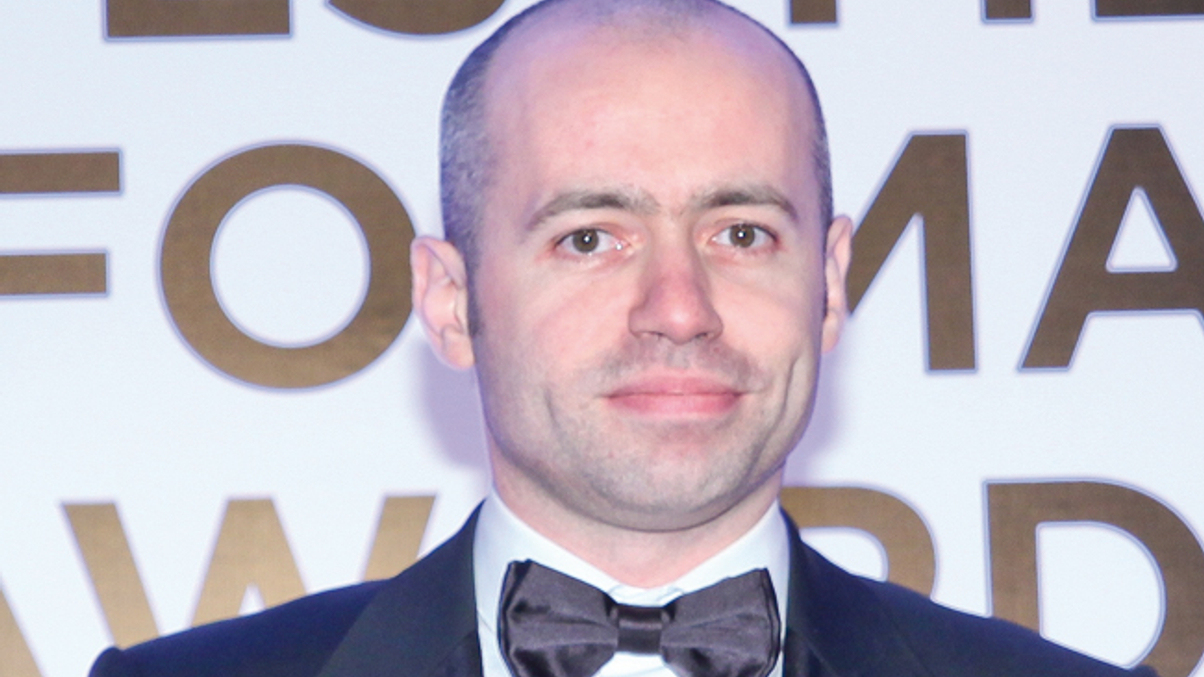Deutsche denies physical ETF rollout is due to flows
The bank's db X-trackers unit is set to launch a suite of physically backed ETFs, but says its aim has always been to provide a supermarket selection and the move is not solely related to flows.

Deutsche Bank’s Marco Montanari has denied its move to roll out a suite of physically backed ETFs alongside synthetic funds is driven solely by money flows, saying it aims to provide a supermarket selection for clients to choose from.
Sign In to Your Account
Access Exclusive AsianInvestor Content!
Please sign in to your subscription to unlock full access to our premium AI resources.
Free Registration & 7-Day Trial
Register now to enjoy a 7-day free trial—no registration fees required. Click the link to get started.
Note: This free trial is a one-time offer.
¬ Haymarket Media Limited. All rights reserved.


